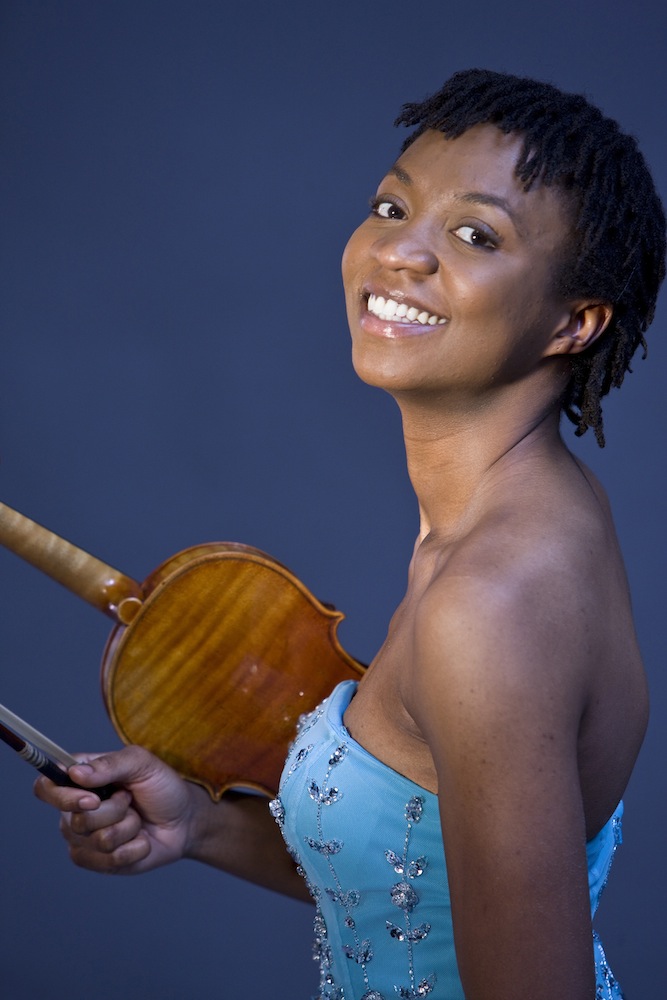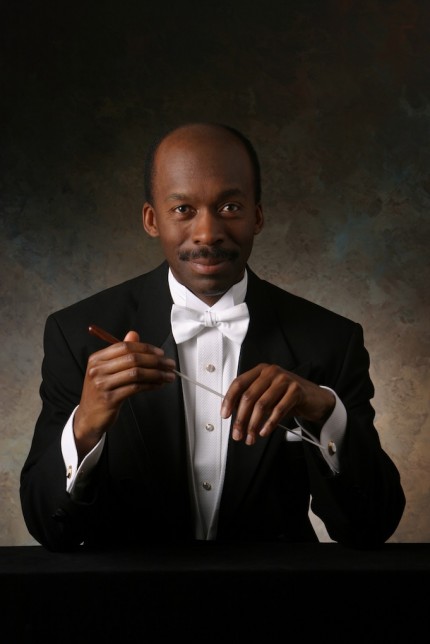Sinfonietta opens season with uncommon salute to the common man

The Chicago Sinfonietta announced in August that Mei-Ann Chen would be its new music director, though the Taiwanese conductor will not officially assume that position until the fall of 2011. (Next May, she will co-direct the final concerts of this season with the ensemble’s founder and longtime music director, Paul Freeman.)
That extended interregnum makes for a somewhat anticlimactic season for the Sinfonietta. The lion’s share of the concerts in 2010-2011 will amount to an extended farewell fete for Freeman with fitful appearances by guest conductors who now have no chance of succeeding him.

Be that as it may, Harvey Felder, who was making his Sinfonietta debut at these concerts, presided over a fascinating program devoted to the “common man,” referencing Aaron Copland’s famous Fanfare for the Common Man, which opened the Sinfonietta’s concert Monday night at Symphony Center. Freeman conducted an elegiac performance.
With the weight of responsibilities being gradually lifted from his shoulders during his final season, Freeman seemed relaxed and in good spirits. He bantered and reminisced with the musicians and the audience about the founding of the Sinfonietta and the importance of its mission as one of the most diverse orchestras in the country, before launching into a stylish rendition of Dvořák’s Slavonic Dance in C major, Op. 72, No. 7.
Felder, music director of the Tacoma Symphony Orchestra, conducted Michael Daugherty’s Fire and Blood. Cast in three movements, Daugherty’s violin concerto is an attempt to reflect in sound what Mexican artist Diego Rivera captured in Detroit Industry, his series of murals from the early 1930s depicting that city’s automobile industry.
The first movement, Volcano, relates the factory smokestacks to the smoldering of Mexican volcanoes, musically portrayed as a high energy ostinato that begins with the violin and gradually expands across the strings and winds, with plenty of percussive punctuation. The somber second movement, River Rogue, is the longest of the three sections. Here Daugherty chromatically exploits the sinister tritone, which alternates with a syrupy diatonic violin melody engulfed in ghostly mariachi strains.
The finale, Assembly Line, spotlights another ostinato that is reminiscent of Philip Glass’s pulsating repetitions in his film score, Koyaanisqatsi, here Latin-tinged and colored with percussive effects, notably the slap stick and the ratchet.
Soloist Tai Murray was certainly kept busy during the evocative score, which often had her playing her instrument in an almost Bartok-meets-bluegrass percussive manner, then forced to slow down and play in the upper range of the instrument.
Less scattered and more unified as a composition was the world premiere of Sundown’s Promise, by composer and Sinfonietta violist Renée Baker. Inspired by the Japanese rice harvest, Baker’s work is written in thirteen sections and spotlighted by Japanese Taiko drums, performed by guest artists JASC Tsukasa Taiko.
The three groups of drummers each began the work in unison, but alternated rhythms with each other, sometimes tossing off patterns to two sets of timpani, which spread out to the orchestra—at one point even featuring a faint echo of the drums in a muffled bass drum.

The force of the Taiko drums in a concert hall environment, is something that can be felt viscerally: think the bass-drum thrusts of the Dies irae of the Verdi Requiem times ten. The colorful piece also asks its performers — both East and West, mind you — to shout out on occasion, as befitting a raucous celebration of the harvest that turns into a drunken banquet and a huge party for everyone.
The program ended with a stirring rendition of Leonard Bernstein’s Symphonic Suite from On the Waterfront. Bernstein’s concert version of the major themes that he composed for the 1955 classic—his only film score—spotlighted first-rate section playing from the Sinfonietta, particularly principal horn, John Fairfield.
Posted in Performances




